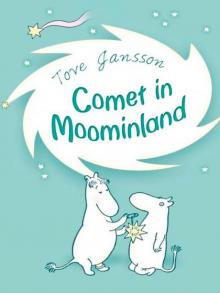 Comet in Moominland
Comet in Moominland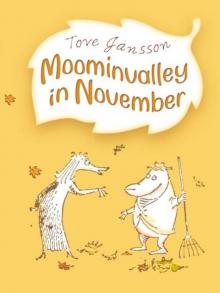 Moominvalley in November
Moominvalley in November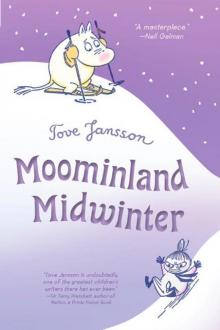 Moominland Midwinter
Moominland Midwinter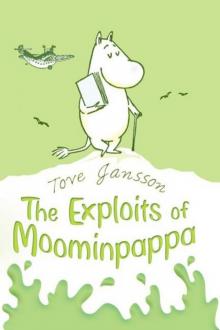 Moominpappa's Memoirs
Moominpappa's Memoirs Sculptor's Daughter
Sculptor's Daughter The Listener
The Listener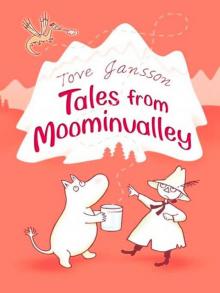 Tales From Moominvalley
Tales From Moominvalley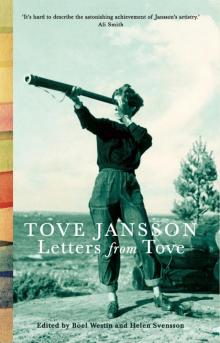 Letters from Tove
Letters from Tove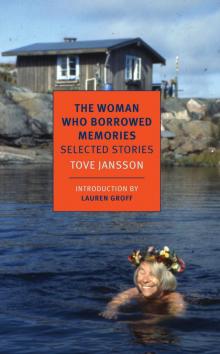 The Woman Who Borrowed Memories: Selected Stories
The Woman Who Borrowed Memories: Selected Stories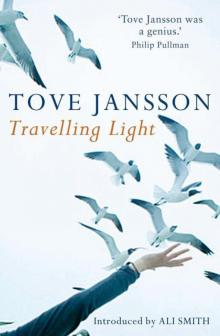 Travelling Light
Travelling Light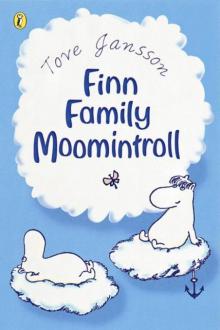 Finn Family Moomintroll
Finn Family Moomintroll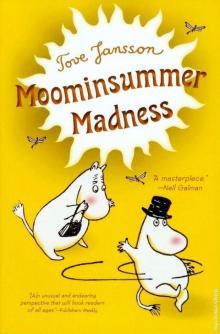 Moominsummer Madness
Moominsummer Madness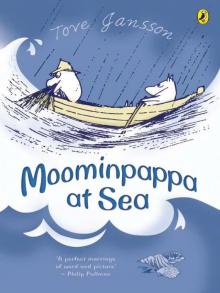 Moominpappa at Sea
Moominpappa at Sea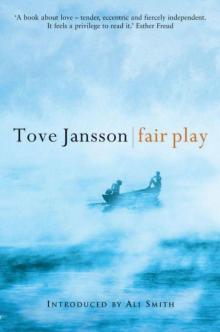 Fair Play
Fair Play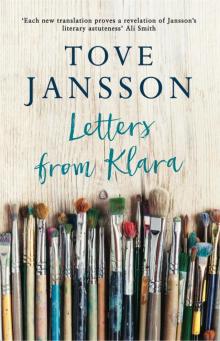 Letters From Klara
Letters From Klara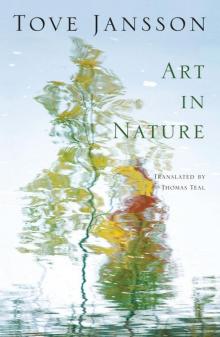 Art in Nature
Art in Nature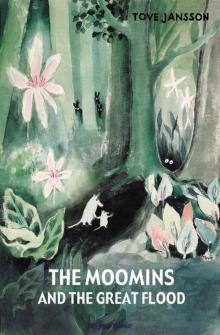 The Moomins and the Great Flood
The Moomins and the Great Flood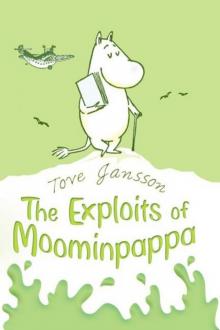 The Exploits of Moominpappa
The Exploits of Moominpappa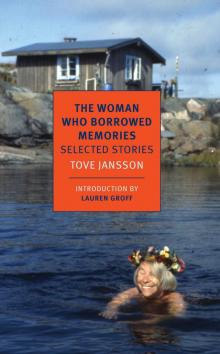 The Woman Who Borrowed Memories
The Woman Who Borrowed Memories